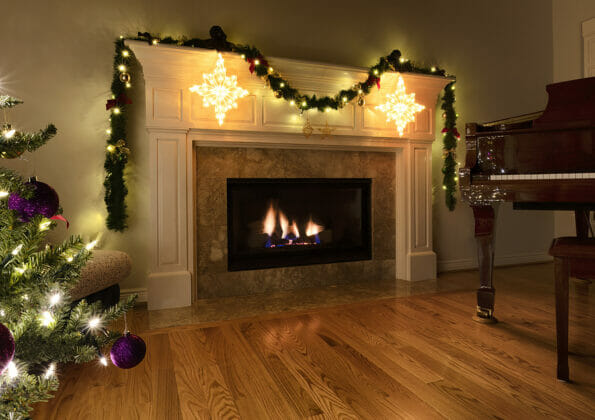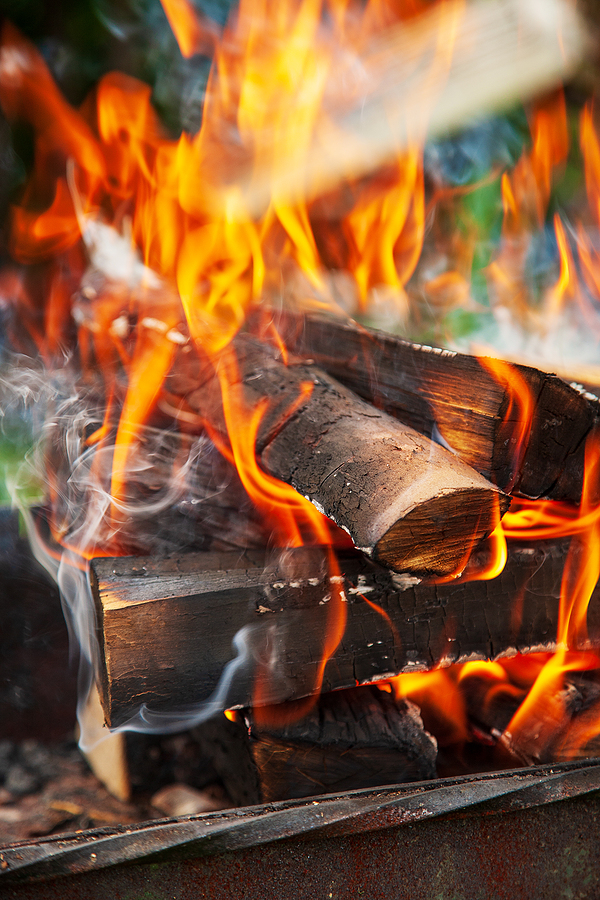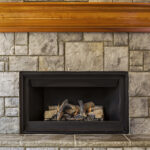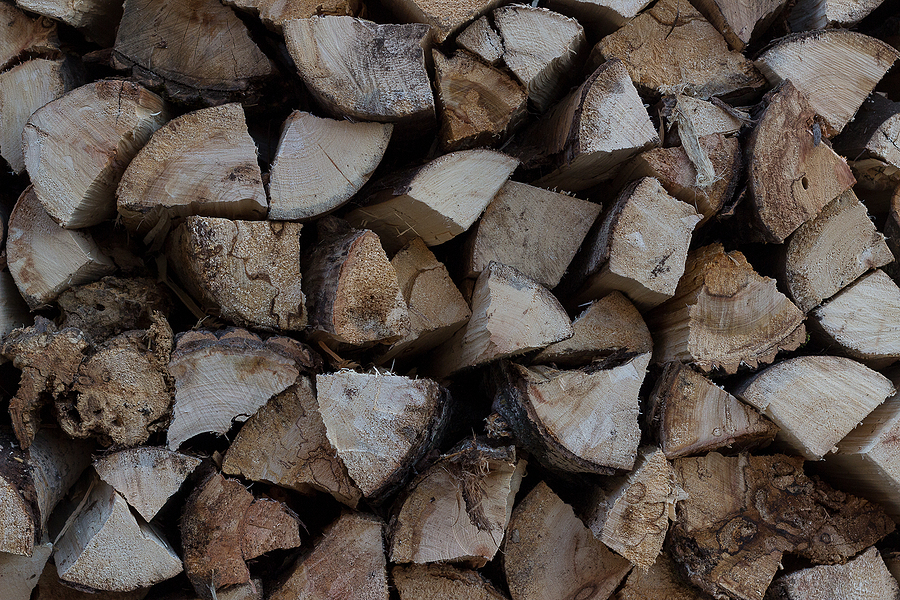Did you know that 44% of single-family homes that were completed in 2018 had at least one fireplace? If you are debating between all the fireplace options out there, we are here to clear up the gas vs wood fireplace debate. Our guide below will go over the main differences between both fireplace options.
Read on to learn more.
Gas Fireplaces
Table of Contents
These types of fireplaces have newer heat-efficient technology systems in place. They are a great option if you don’t want to deal with the mess that a wooden fireplace comes with. Gas fireplaces eliminate the need to store logs to burn for heat.
This means no ash, soot, or coals to clean up every time you use your fireplace. You also don’t have to deal with gathering kindling to get your fire started. All you have to do is push a button and bam your fire flame begins.
Another pro of gas fireplaces is that you can install them almost anywhere in your home. Gas fireplaces radiate heat nicely and depending on the type you choose, they might contain fans to circulate the heat efficiently throughout your home.
Wood Fireplaces
This type of fireplace is great if you are looking for a traditional fireplace with the smell of wood logs. You can even opt for larger wood fireplaces where you have room to cook on it with cast iron cookware.
If you live in the country it is fairly easy to go out and find your own wood to chop and burn. Now if you live in the suburbs you will have to go buy firewood in bulk or from your local grocery store.
For those cutting down their own wood, keep in mind that wet wood will not burn well. You want the wood to be as dry as possible to burn without creating smoke. Wood fireplaces have to be cleaned after you are done with your fire.
You will also have to make sure you sweep up all the ashes so that they do not get to other areas of your room and create a mess. Keep in mind that depending on where you live you might need to have your chimney inspected once per year by a professional to ensure there is no buildup of creosote which will lead to a fire.

Creosote is a byproduct of burning wood that is formed by resins in the wood and water vapor along with carbon compounds. It is highly flammable and if you don’t catch it in time it can lead to a disaster. Whether you are leaning on getting gas or wood fireplaces, make sure you search for fireplaces near me.
Feeling Like a Gas vs Wood Fireplace Pro?
Now that you read our gas vs wood fireplace guide above, you can make an informed decision on what type of fireplace you want in your own home.
Did this blog post help you out? Please make sure you keep browsing our home section for more guides.
Image Source: BigStockPhoto.com (Licensed)
Related Categories: Home, Reviews








